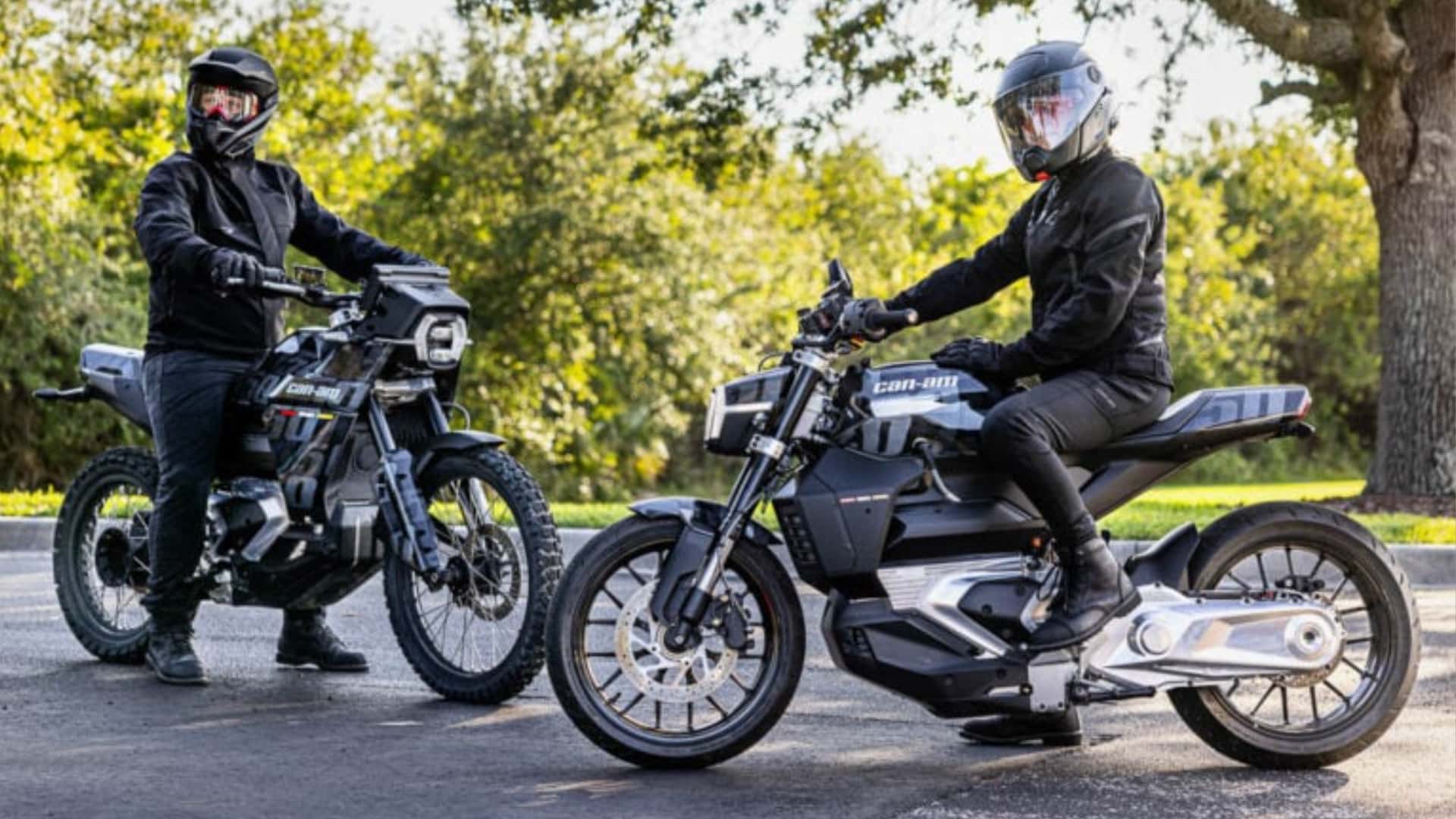Not seeing anything regarding charging.
Id love to ride an electric bike if it could actually be used for long drives out of town.
Driving an EV car/SUV is okay for long drives if you’re okay with stopping every few hours for 30 minutes at a time. There’s usually some form of fast-ish charging along most transit corridors so you don’t have to modify your plans too much.
I can’t see myself enjoying a charger-to-charger adventure at L2 speeds. Imagine riding for an hour, charging for 20 minutes, and repeating. But instead of exploring, you’re stuck to the paths where you know have charging infrastructure. You can’t just drive from small town to small town unless you confirm that stations are open. If this bike doesn’t have CCS, you’re locked out of the majority of major fast charging sites available to EVs.
EDIT: says this uses L2 fast charging. Hard pass. Good luck finding reliable L2 charging over 7kw in the wild. Compare that to absolutely plentiful 50+kw CCS charging that’s becoming more and more common.
What is CCS?
Combined Charging System. Depending on what area of the world you’re in, it’s one of the main standards for fast EV charging.
In this context, it allows for faster charging DC charging. It is a normal charging plug plus two big DC charging pins. It builds upon the lower throughout (US market here) J1772 port such that a CCS vehicle can use either standard, but a J1772 vehicle without the extra pins cannot use CCS. I think all of the PHEVs on the market use J1772 exclusively, so they cannot physically connect a CCS cable for fast charging. Not a big deal when you still have a gas engine.
Solid state batteries can’t come fast enough…



